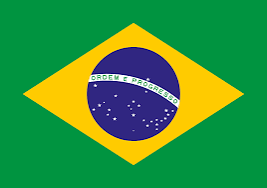Introduction
Brazil, the largest country in South America, is a mosaic of cultures, landscapes, and innovations. Known for its lively festivals, sports legacy, and lush rainforests, Brazil stands as a beacon of diversity and opportunity in 2025.
Geography and Climate
Brazil’s geography includes the vast Amazon Rainforest, endless beaches, mountainous regions, and iconic cities. It has a predominantly tropical climate, supporting immense biodiversity and agricultural wealth.
Political and Economic Structure
Brazil is a federative presidential republic with a complex yet resilient economy. Major industries include agriculture, mining, energy, technology, and tourism. São Paulo and Rio de Janeiro are major economic powerhouses driving growth.
Culture and Heritage
Brazilian culture is a vibrant fusion of African, European, and Indigenous influences. Music (samba, bossa nova), football, colorful art, and culinary delights such as feijoada define the national spirit. Carnival is Brazil’s most famous celebration, attracting millions annually.
Tourism and Natural Beauty
- Rio de Janeiro: Home to Sugarloaf Mountain and Christ the Redeemer.
- Amazon Rainforest: The world’s largest rainforest, rich in biodiversity.
- Iguazu Falls: One of the most breathtaking waterfall systems in the world.
- Salvador: Colonial architecture, Afro-Brazilian culture, and stunning beaches.
Sources and Further Reading



